20 Well-Known Movies You Didn’t Realize Were Inspired by Real Life

Hollywood loves telling us that movies are ‘based on a true story,’ but sometimes the real-life inspiration flies completely under the radar. While we’re munching popcorn and getting lost in the drama, we often have no clue that the characters on screen actually existed. From heart-wrenching dramas to laugh-out-loud comedies, these blockbusters drew their inspiration from real events that are sometimes even more incredible than their silver screen adaptations.
1. Rain Man (1988)
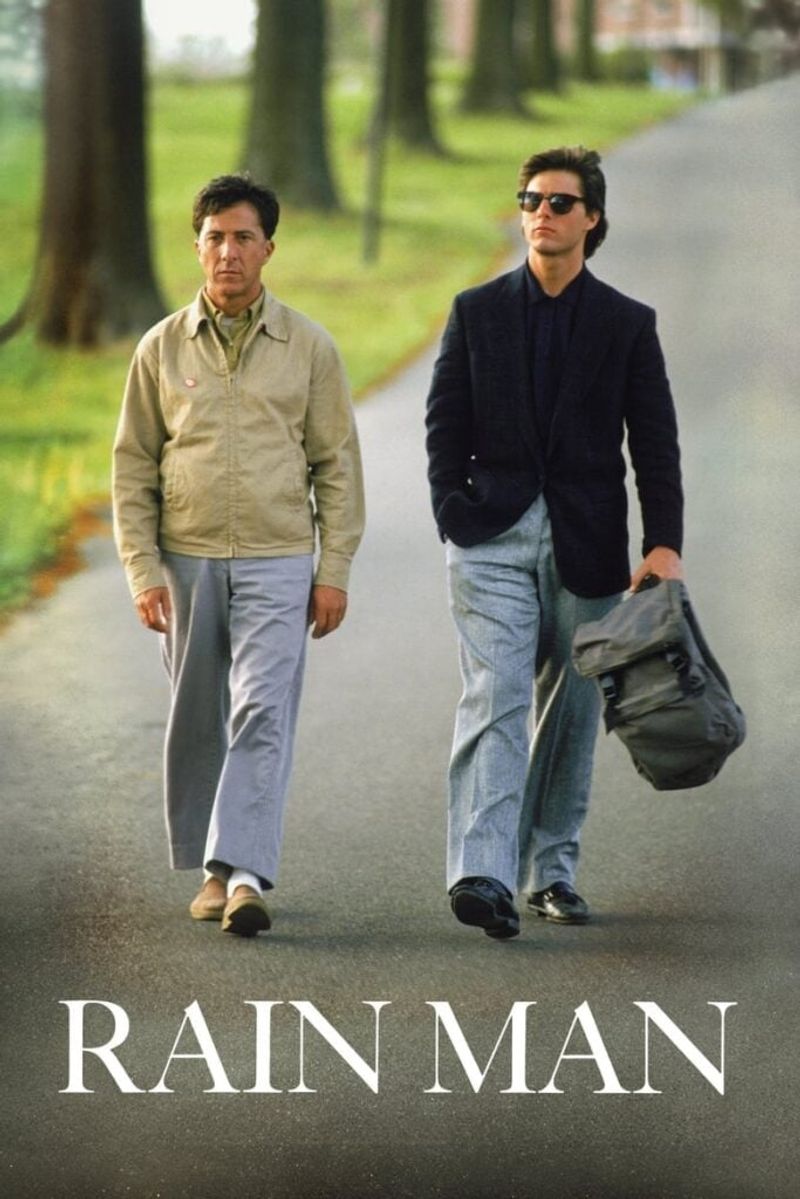
Dustin Hoffman’s Oscar-winning performance as Raymond Babbitt wasn’t just movie magic—it was inspired by a real-life savant named Kim Peek. Unlike the fictional Raymond, Peek wasn’t autistic but had FG syndrome, a rare genetic condition. Known as a “megasavant,” Peek could read a book in about an hour and remember nearly everything in it. He memorized over 12,000 books in his lifetime! Director Barry Levinson and Hoffman spent time with Peek to capture his mannerisms and abilities, though they created a composite character for the film that differed significantly from Peek’s actual personality.
2. 12 Years a Slave (2013)
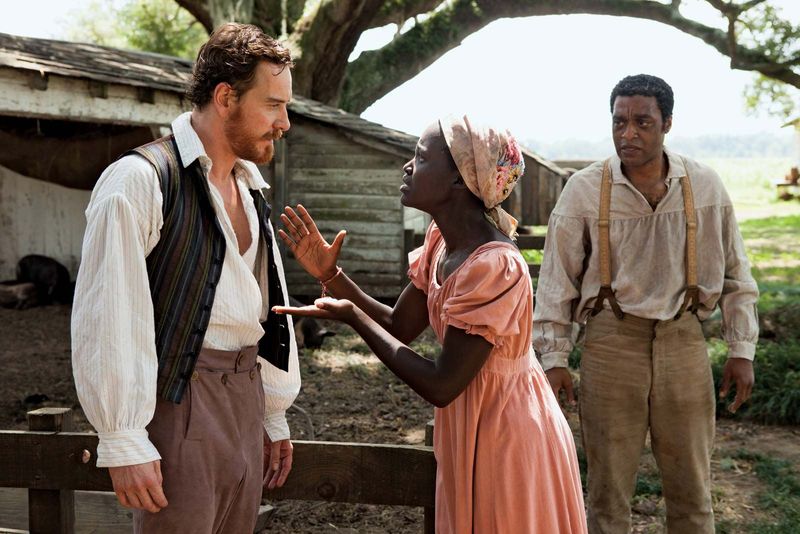
The harrowing journey of Solomon Northup portrayed in this Academy Award winner wasn’t Hollywood fiction. Northup was a real free Black man who was kidnapped in 1841 and sold into slavery, enduring unspeakable conditions on Louisiana plantations. After regaining his freedom, Northup published his memoir in 1853, which became a bestseller and important firsthand account of slavery’s brutality. The book sold over 30,000 copies—remarkable for its time. Director Steve McQueen filmed on actual plantation locations, including the same cotton fields where Northup was forced to work, bringing authenticity to this powerful historical account.
3. Hachi: A Dog’s Tale (2009)

Richard Gere’s heartwarming film about an unwaveringly loyal Akita actually originated from a story that made Japanese schoolchildren cry for generations. The real Hachikō belonged to Professor Hidesaburō Ueno in 1920s Tokyo. Every day, the faithful dog would wait at Shibuya Station for his owner’s return from work. When the professor died unexpectedly in 1925, Hachikō continued returning to the station daily for nearly ten years until his own death. Today, a bronze statue stands at Shibuya Station honoring the dog’s legendary loyalty, and each year on April 8, a ceremony commemorates Hachikō’s devotion—a testament to a bond that transcended death.
4. Three Billboards Outside Ebbing, Missouri (2017)
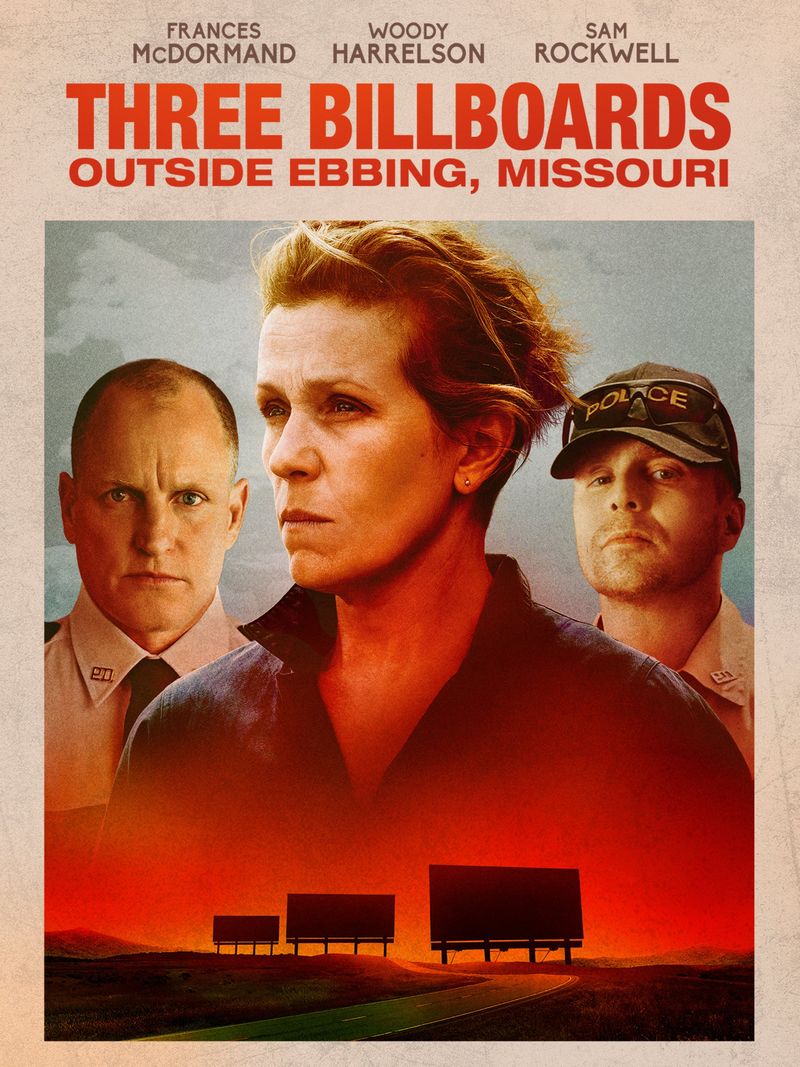
Frances McDormand’s vengeful mother seeking justice wasn’t entirely fictional. Screenwriter Martin McDonagh was inspired by billboards he spotted while traveling through the southern United States in the 1990s. The actual billboards were erected by a grieving mother frustrated with the unsolved rape and murder of her daughter. Much like in the film, these stark public accusations aimed to pressure authorities into action after the investigation had gone cold. McDonagh changed numerous details for dramatic effect, including the setting and characters, but preserved the raw emotional core of a parent’s desperate quest for justice when conventional systems fail.
5. The Highwaymen (2019)
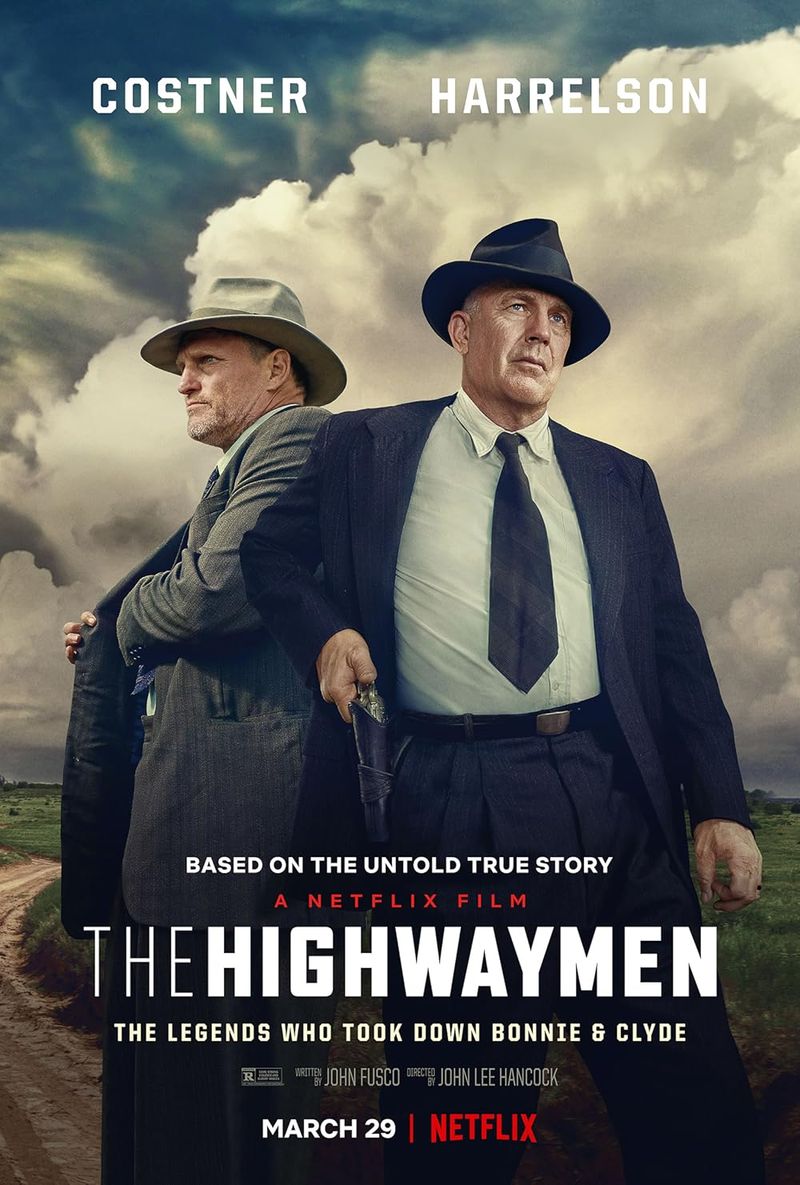
Kevin Costner and Woody Harrelson portrayed the forgotten heroes who actually brought down Bonnie and Clyde. Former Texas Rangers Frank Hamer and Maney Gault spent 102 grueling days tracking the notorious outlaws in 1934. Unlike the glamorized portrayal of the criminal couple in 1967’s “Bonnie and Clyde,” this Netflix film focused on the lawmen’s perspective. Hamer’s widow actually sued Warner Bros. over his unflattering depiction in the earlier film, winning a settlement. The ambush scene was filmed at the exact rural Louisiana location where the real Bonnie and Clyde met their end, with researchers meticulously recreating details down to the position of their bullet-riddled car.
6. The Terminal (2004)
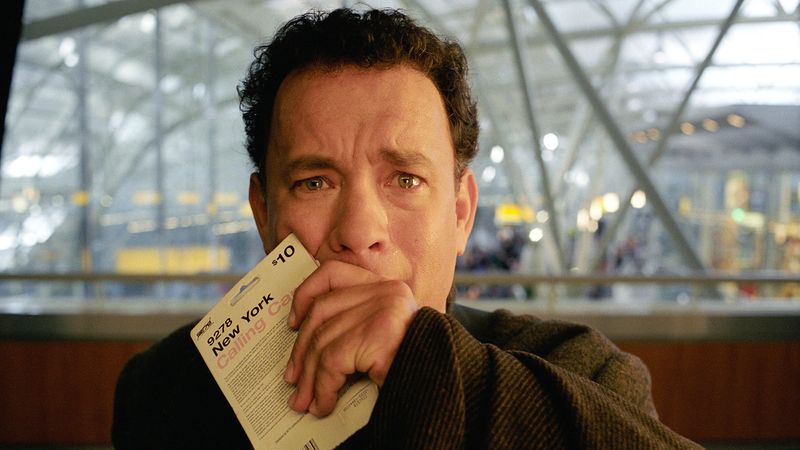
Tom Hanks’ character living in an airport wasn’t just a quirky premise—it was based on Mehran Karimi Nasseri, an Iranian refugee. Nasseri lived in Paris’ Charles de Gaulle Airport for an astonishing 18 years, from 1988 to 2006. Caught in a bizarre legal limbo without citizenship papers, he couldn’t enter France or fly elsewhere. His terminal home consisted of a red plastic bench in Terminal 1, where he kept his belongings in luggage. Unlike the film’s happy ending, Nasseri’s story was more complex. He was eventually hospitalized in 2006, but returned to the airport in 2022 where he passed away. Spielberg’s film significantly romanticized his challenging existence.
7. Dunkirk (2017)

Christopher Nolan’s intense war film depicted one of World War II’s most remarkable evacuations. In May 1940, over 338,000 Allied soldiers were rescued from the beaches of Dunkirk, France, in an operation code-named “Dynamo.” The civilian boat armada shown in the film really happened—hundreds of private vessels from fishing boats to pleasure yachts crossed the English Channel to rescue stranded troops. The oldest participant was 68-year-old Charles Lightoller, a Titanic survivor who navigated his personal yacht through dangerous waters to save 130 men. Nolan filmed at the actual Dunkirk location and used real vintage ships rather than CGI to honor the historical event’s authenticity.
8. The Blind Side (2009)
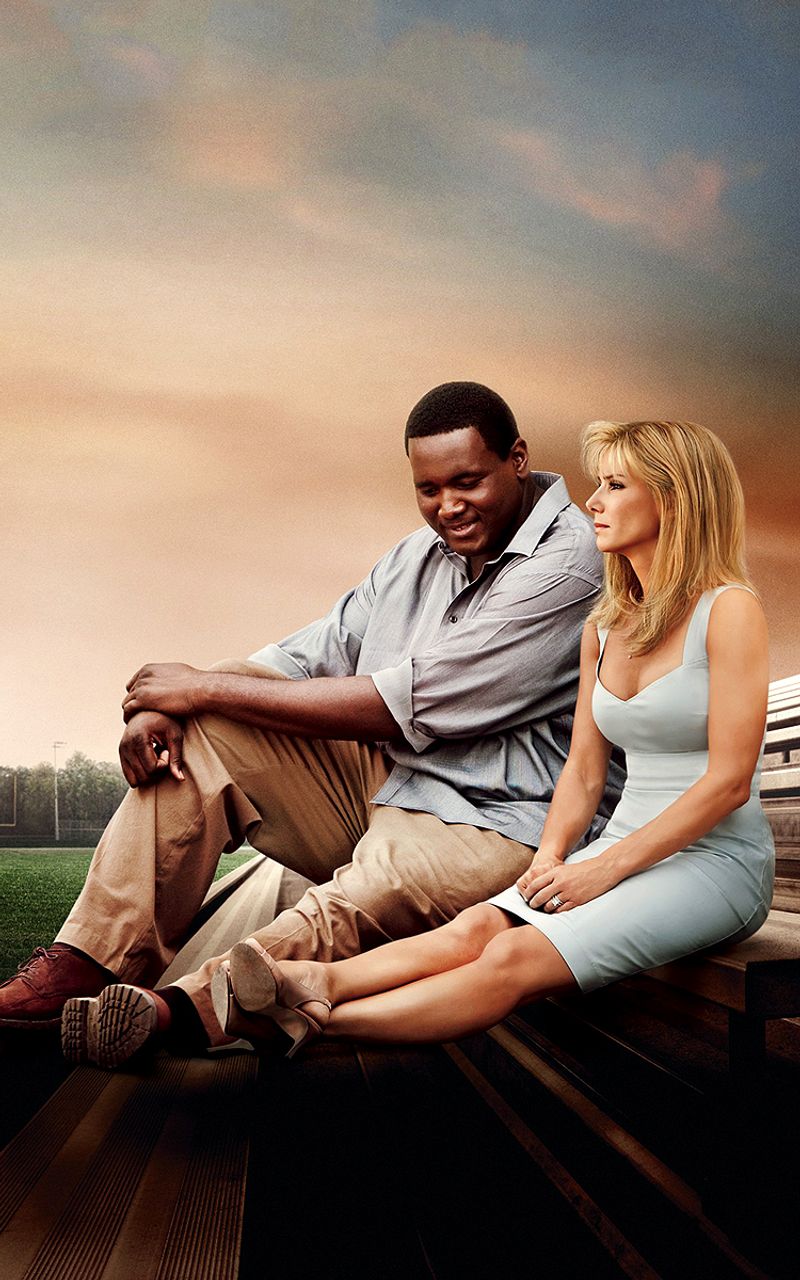
Sandra Bullock’s Oscar-winning role as Leigh Anne Tuohy brought to life the remarkable story of NFL player Michael Oher. Abandoned by his drug-addicted mother and bouncing between foster homes, the real Oher was indeed taken in by the Tuohy family as a teenager. With their support and his natural athletic talent, Oher went from homelessness to becoming a first-round NFL draft pick. He played eight seasons professionally, even winning a Super Bowl with the Baltimore Ravens in 2013. However, Oher has criticized aspects of the film, particularly how it portrayed him as academically challenged. In 2023, he filed a petition claiming the Tuohys misled him about adoption papers that were actually conservatorship documents.
9. Six Degrees of Separation (1993)
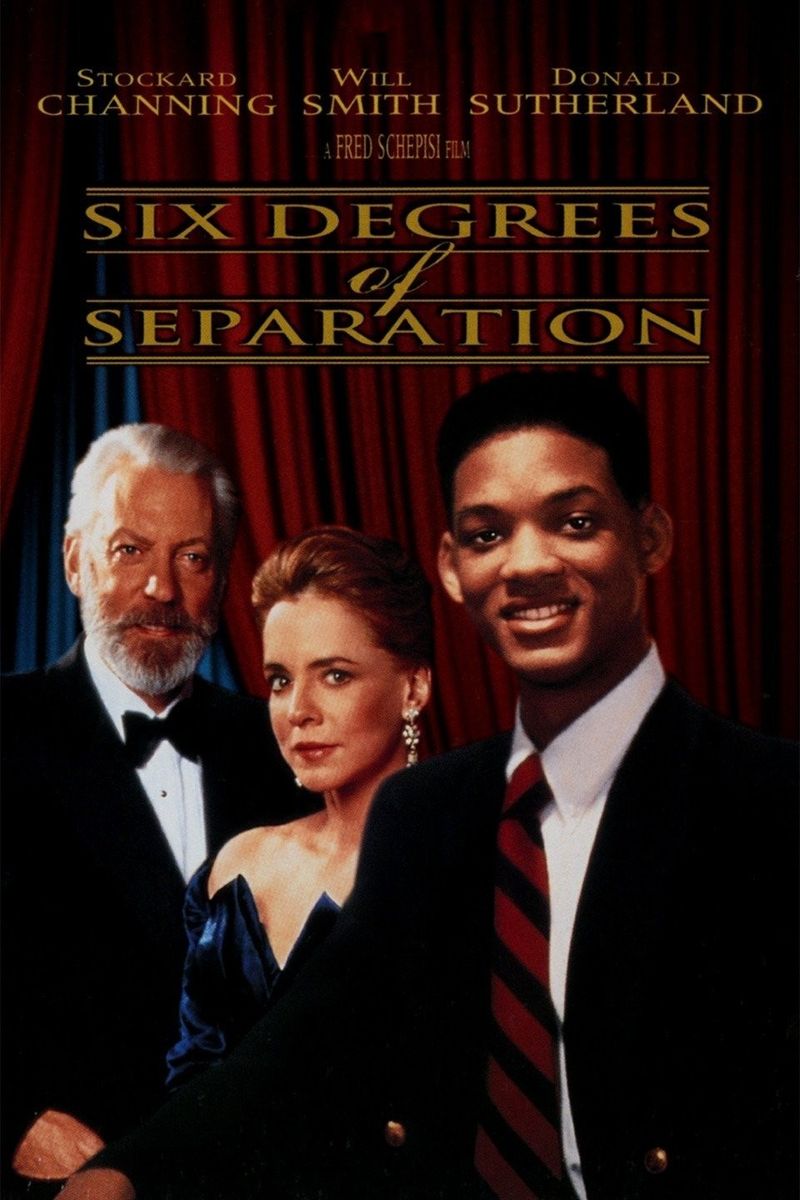
Will Smith’s charismatic con artist was based on David Hampton, a real-life impostor who convinced Manhattan’s elite he was Sidney Poitier’s son. From 1983 to 1984, Hampton successfully charmed his way into luxurious homes, fancy dinners, and even cash loans. The scam unraveled when suspicious victims contacted Poitier, who confirmed he had no son named David. Hampton was eventually arrested and served 21 months in prison for his deceptions. After his release, Hampton continued similar schemes until his death in 2003. The story first became a successful Broadway play by John Guare before making its way to the big screen with Smith in the Hampton-inspired role.
10. A River Runs Through It (1992)
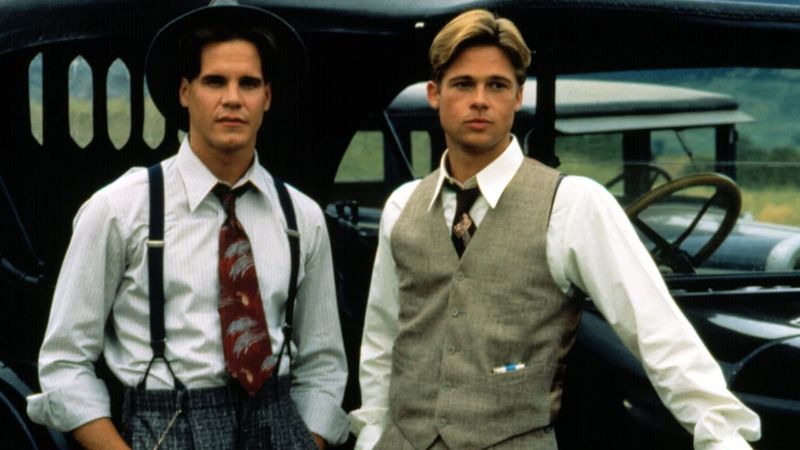
Robert Redford’s lyrical film about fly fishing and family was adapted from Norman Maclean’s semi-autobiographical novella. Maclean really did grow up in early 20th-century Montana with his minister father and his brother Paul, who taught him the artistry of fly fishing. The tragic fate of Paul (played by Brad Pitt) mirrors reality—the real Paul Maclean was found beaten to death in an alley in 1938. The murder remained unsolved, just as portrayed in the film. Norman Maclean didn’t write his acclaimed novella until he was 70, after retiring as an English professor at the University of Chicago. The book’s poetic prose about nature and family relationships earned it recognition as an American classic.
11. Newsies (1992)
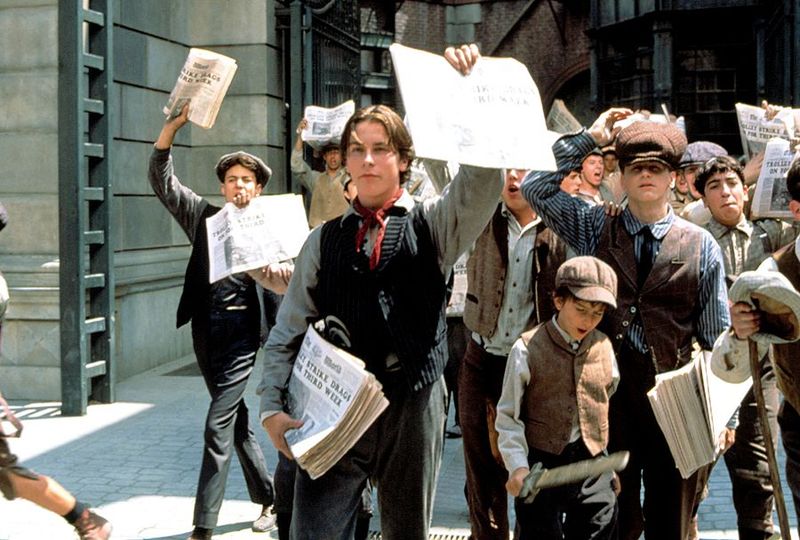
The singing and dancing newsboys in this Disney musical were inspired by actual child laborers who went on strike in 1899. When newspaper publishers Joseph Pulitzer and William Randolph Hearst raised distribution prices at the newsboys’ expense, thousands of young workers organized and refused to sell papers. These real “newsies”—many homeless or orphaned—shut down newspaper distribution across New York City for two weeks. Their unified action forced the powerful publishers to compromise, establishing an early victory for child labor rights. Though the film added fictional characters and musical numbers, it preserved the core historical conflict. The real strike helped spark progressive reforms protecting child workers in the early 20th century.
12. The Pursuit of Happyness (2006)
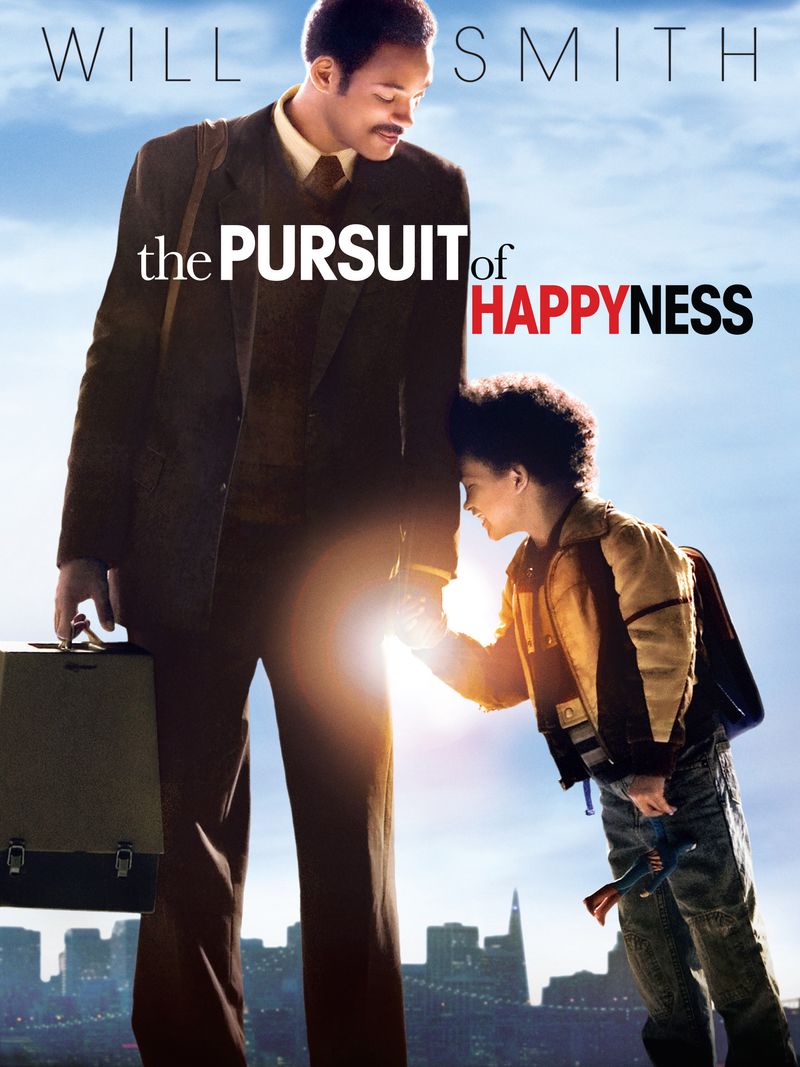
Will Smith’s portrayal of a homeless father fighting for a better life wasn’t Hollywood fantasy. Chris Gardner really did struggle with homelessness while raising his son and pursuing a stockbroker internship in early 1980s San Francisco. Gardner and his toddler son spent nights in a subway station bathroom, at a homeless shelter, and even under his desk at work. The church shelter scene where they race for beds actually happened—though the real Gardner clarified they never slept in a BART station bathroom as depicted. After completing his unpaid internship, Gardner did become a successful stockbroker and eventually founded his own multimillion-dollar brokerage firm. His 2006 memoir became a New York Times bestseller.
13. Argo (2012)
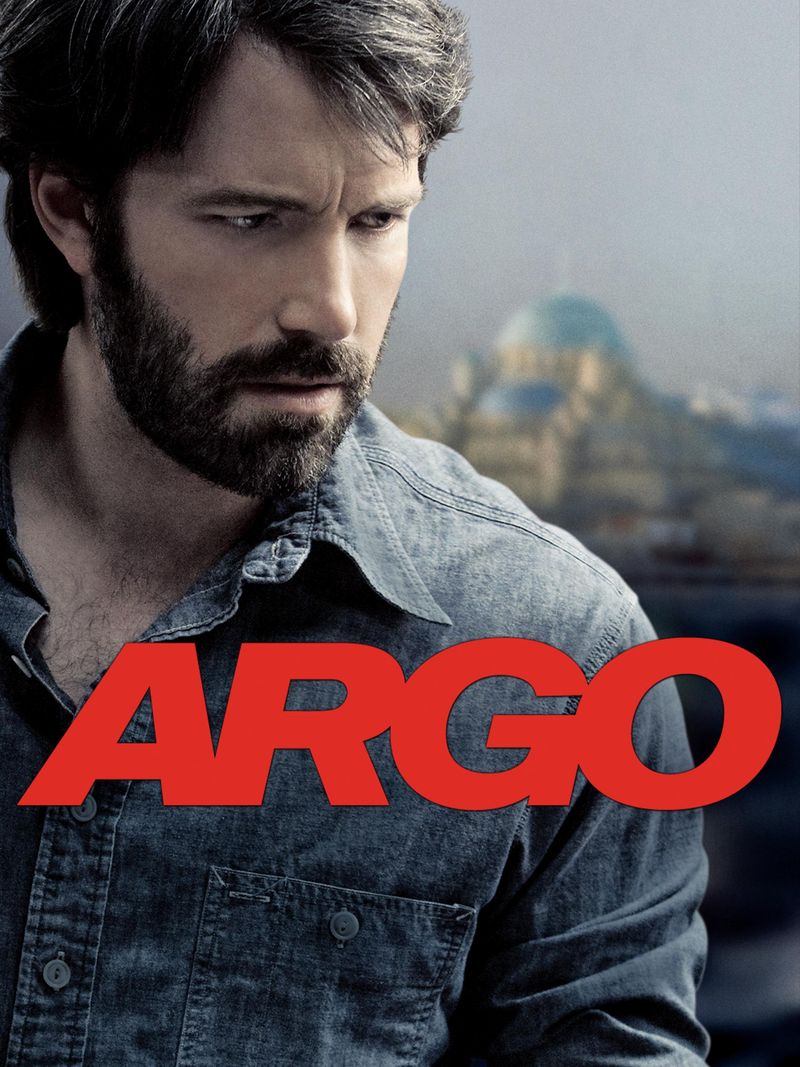
Ben Affleck’s thriller about rescuing American diplomats during the Iran hostage crisis was based on a classified CIA operation. In 1980, CIA operative Tony Mendez really did create a fake sci-fi movie production as cover to extract six Americans hiding in the Canadian ambassador’s residence in Tehran. The operation remained classified until 1997 when President Clinton declassified the mission. While the movie added Hollywood suspense—like the airport chase scene—the core premise was authentic. Mendez enlisted real Hollywood professionals, including makeup artist John Chambers (who designed the original Planet of the Apes masks), to establish a believable production company. The fake film even had newspaper advertisements, business cards, and a production office.
14. Catch Me If You Can (2002)
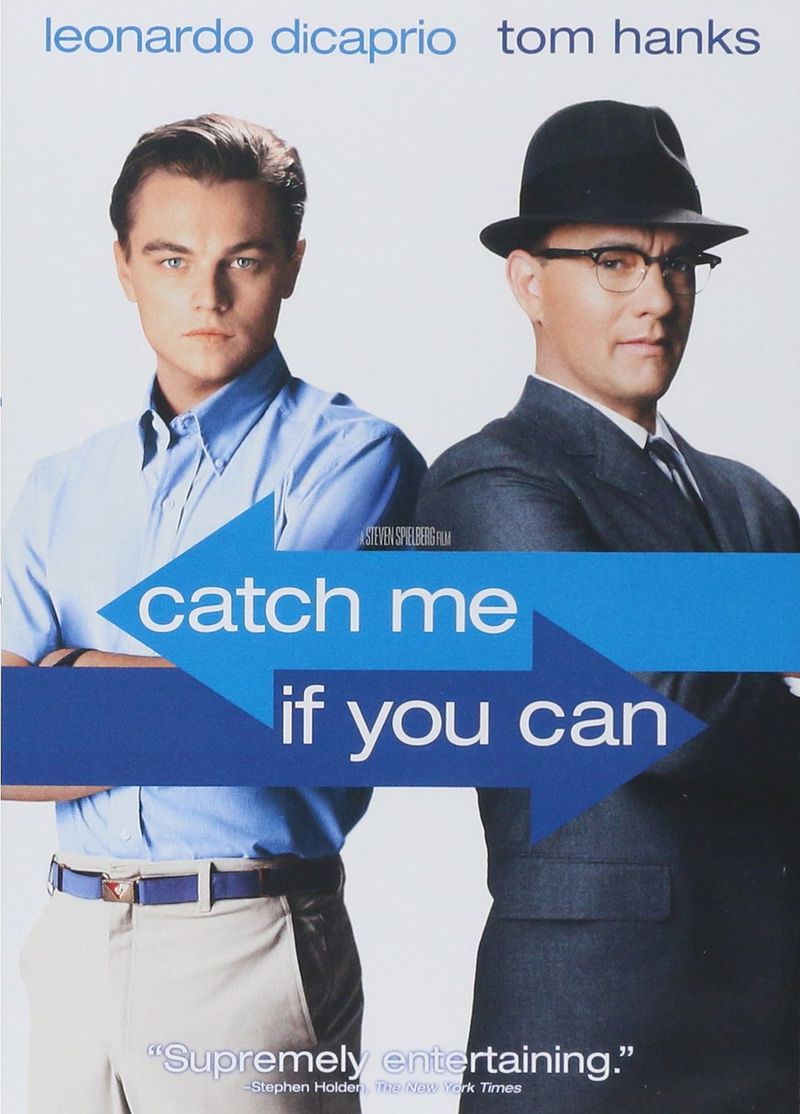
Leonardo DiCaprio’s charming con artist Frank Abagnale Jr. might seem too extraordinary to be real, but the actual Abagnale pulled off even more incredible schemes. Between ages 16-21, he successfully posed as an airline pilot, doctor, lawyer, and sociology professor while cashing millions in fraudulent checks. After his eventual capture, the real Abagnale served less than five years before the FBI released him to work as their fraud consultant. He built a legitimate career as a security consultant and fraud prevention expert that continues today. Some details have been disputed—Abagnale’s own father denied the family breakdown portrayed in the film, and certain timeline elements have been questioned. However, the core story of his remarkable deceptions and eventual redemption remains accurate.
15. Julie & Julia (2009)
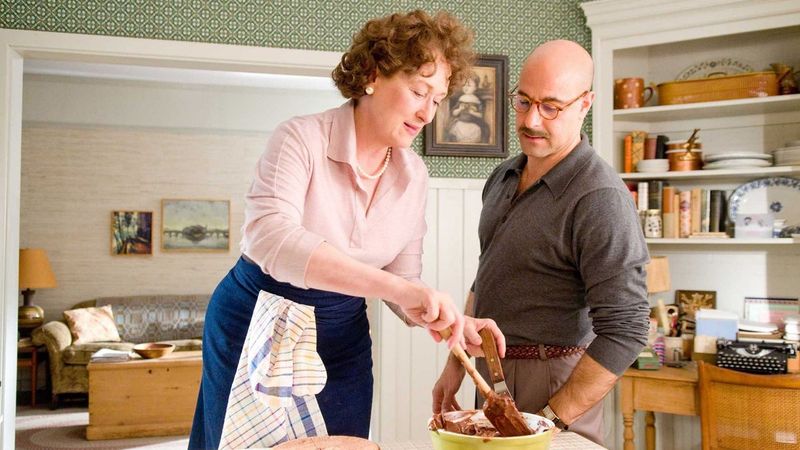
Meryl Streep and Amy Adams brought to life two real women connected across time by French cuisine. Julie Powell actually did cook all 524 recipes from Julia Child’s “Mastering the Art of French Cooking” in one year while blogging about it from her tiny Queens apartment. Powell’s 2002 blog gained a massive following, leading to a book deal and eventually this Nora Ephron film. The real Julie never met Julia Child, who reportedly wasn’t thrilled about Powell’s project, finding it disrespectful. The film accurately depicts Child’s struggles to publish her groundbreaking cookbook, which was initially rejected for being too encyclopedic. Powell’s cooking marathon similarly faced authentic challenges—including the notorious aspic recipe that gave her trouble in both real life and on screen.
16. It Could Happen To You (1994)
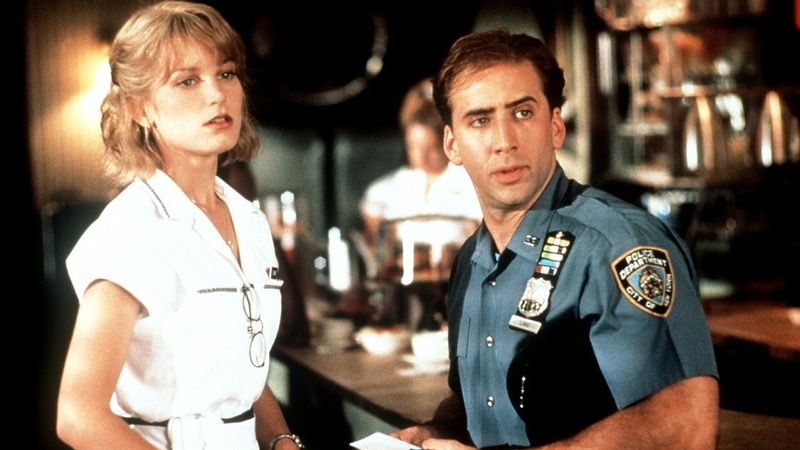
Nicolas Cage’s heartwarming tale about a cop sharing his lottery winnings with a waitress wasn’t pure Hollywood invention. The film was inspired by New York City police officer Robert Cunningham and waitress Phyllis Penzo. In 1984, Cunningham really did offer to split a potential lottery ticket with Penzo instead of leaving a tip. When his numbers hit for $6 million, he honored his promise and split the winnings 50/50. The film took creative liberties—the real Cunningham wasn’t married to a money-hungry wife as portrayed by Rosie Perez, and both winners were happily married to other people. Their friendship remained, but without the movie’s romantic subplot between the lottery-sharing duo.
17. Dolemite Is My Name (2019)

Eddie Murphy’s comeback role celebrated the real Rudy Ray Moore, a struggling comedian who created the outrageous character Dolemite in the 1970s. Moore actually did transform himself from a record store employee into a cult blaxploitation film star through sheer determination. The film accurately depicts how Moore collected ribald stories from neighborhood homeless men, turning their profane folklore into comedy routines and eventually movies. His DIY filmmaking approach included using a film school as a set and recruiting students as crew. Moore’s influence extended beyond his films—his rhythmic, rhyming style directly influenced early hip-hop artists. His work wasn’t recognized by mainstream critics but developed a devoted following that keeps his legacy alive today.
18. The King’s Speech (2010)
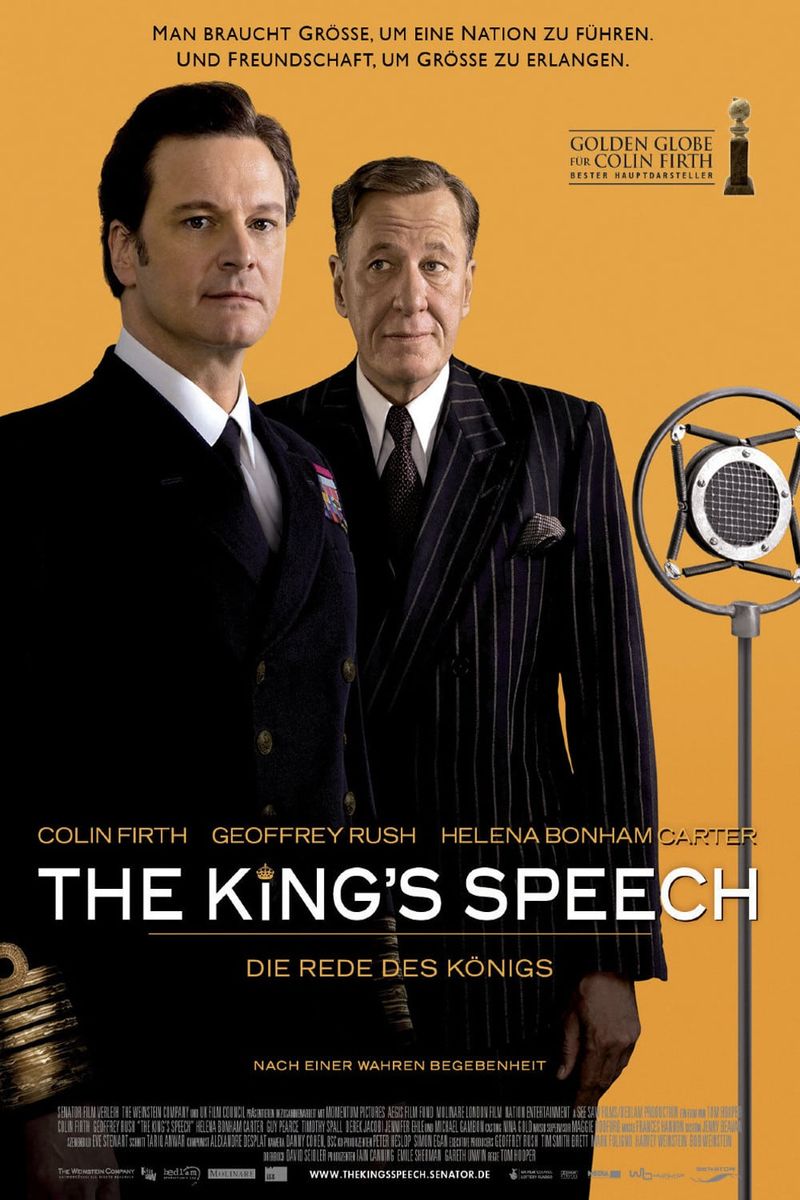
Colin Firth’s stammering King George VI and his unconventional speech therapist were drawn directly from history. The king really did struggle with a debilitating stammer that threatened his ability to lead during wartime. Australian speech therapist Lionel Logue actually developed the unorthodox techniques shown in the film, including physical exercises and singing words rather than speaking them. Their unlikely friendship crossed rigid British class boundaries of the 1930s. Logue’s grandson provided the filmmakers with his grandfather’s diaries, which revealed the king’s vulnerability during their sessions. The pivotal wartime radio address did occur, though the film compressed the timeline of their therapy, which actually began before Edward VIII’s abdication crisis.
19. Cheaper by the Dozen (2003)
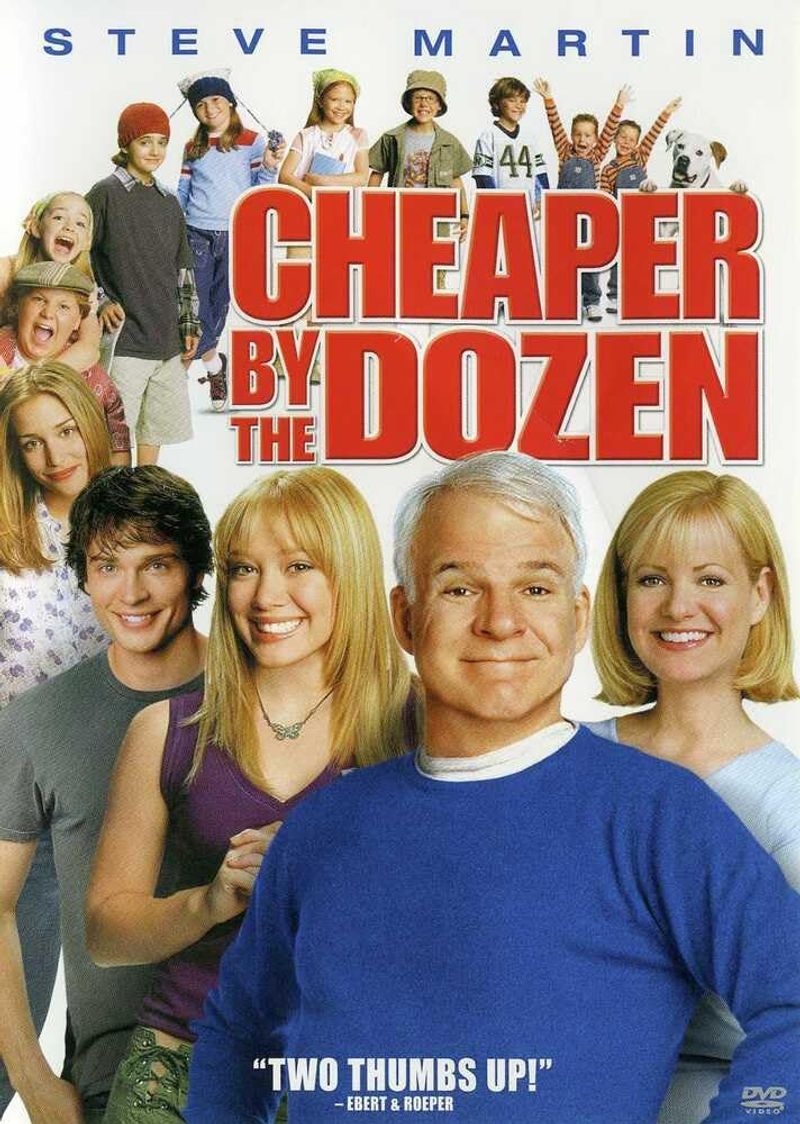
Steve Martin’s chaotic family comedy was based on the real-life Gilbreth family from the early 1900s. Frank and Lillian Gilbreth actually did raise 12 children while pioneering time-and-motion studies that revolutionized industrial efficiency. Unlike the film’s modern setting, the real Gilbreths lived during the 1910s and 20s. Frank really did apply his efficiency expertise to family life—teaching his children to button their clothes with both hands simultaneously and to shower in assembly-line fashion. After Frank’s death in 1924, Lillian continued their work as an industrial psychologist and raised their children alone. Two of the Gilbreth children wrote the bestselling memoir that inspired both the 1950 and 2003 film adaptations.
20. Footloose (1984)

Kevin Bacon’s rebellious dancing teen was inspired by events in Elmore City, Oklahoma. This small town really did ban dancing for 90 years until 1980, when high school students successfully challenged the ordinance to hold their first-ever prom. The religious opposition to dancing wasn’t exaggerated—local ministers quoted Bible verses warning against it, believing dancing would lead to moral corruption and teenage pregnancy. The students’ victory made national news, catching the attention of screenwriter Dean Pitchford. Unlike the film’s dramatic book-burning and warehouse dance scenes, the real story culminated simply with teenagers enjoying their prom. The ban’s overthrow was less about rebellion and more about students wanting normal high school experiences their parents never had.

Comments
Loading…